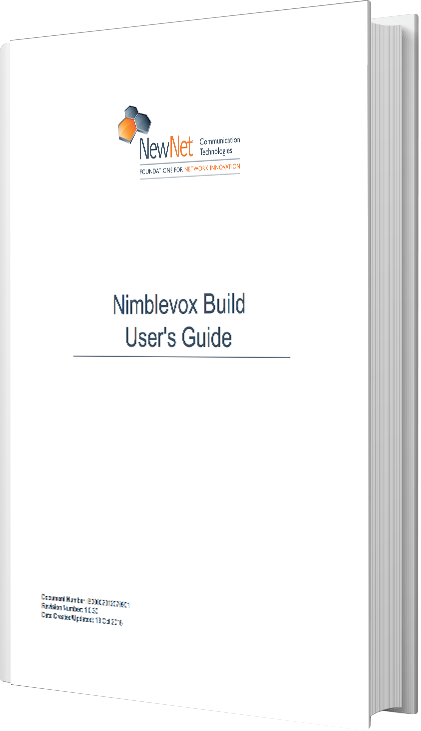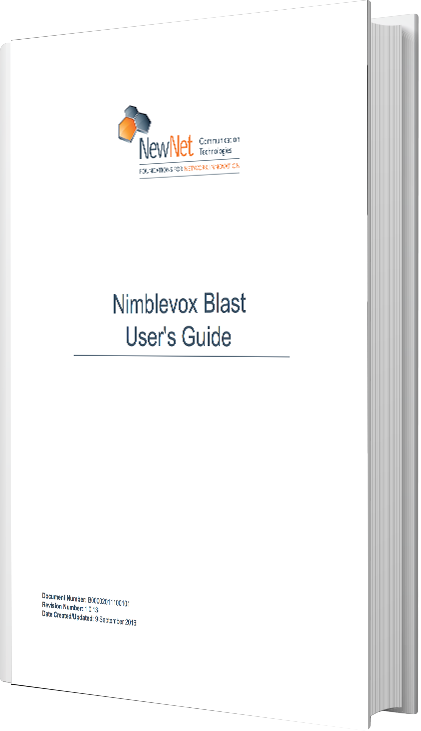Design for the majority – Consider the most likely route most callers will take and optimize for that path when possible. Callers should not be forced to listen to information that only a few will benefit from.
- Design to the caller’s mental model – Avoid designing based on internal business rules; instead design according to how callers will think and perceive the tasks. Avoid the use of company jargon.
- Choose the appropriate persona –The focus should be satisfying the caller’s needs and matching the desired image of the business rather than drawing attention to the speech application.
- Greeting – Get to the point quickly: Callers rarely listen to up-front information as they are focused on completing their task. Avoid unnecessary verbiage such as “For faster service, visit our Web site at ….” or prompting the caller for touch tone.
- Keep verbiage as brief as possible – If you can remove a word without affecting meaning, remove it. Value the caller’s time and attention span.
- Keep menus short and consistent– Limit the number of menu options. Callers can easily process three to four items because of Human Cognitive Load (aka short-term memory).
- Offer “operator” when needed – Do not offer “0” or Operator as the last option in an initial menu. Instead, offer the option when it’s clear the caller is having trouble (multiple reprompts in the same dialogue section, etc.).
- Don’t ask, simply give – Deliver frequently requested information automatically. (Example: Account balance after log in.)
- Give callers time to respond – When providing information, pauses should be used effectively to allow callers to consider what they have just heard before they proceed. If they haven’t responded after a few seconds, provide more information.
- Limit the input attempts – For simple prompts (such as a “yes/no” question), only 2 attempts should be needed (the initial prompt and 1 retry prompt). For more difficult prompts (such as account numbers), 3 attempts should be allowed (the initial prompt and 2 retries).
- Limit “help” – Prompt for “help” only if you are actually offering additional helpful information. (Example: Where to find a routing number.) If “help” is used, it should either provide the option to return to the main menu or be transferred to an agent.
- The caller is not at fault – Provide graceful error recovery that places the blame on the system, not the caller. (Example: “I didn’t understand, please say…” as opposed to “That is not a valid entry….”)


